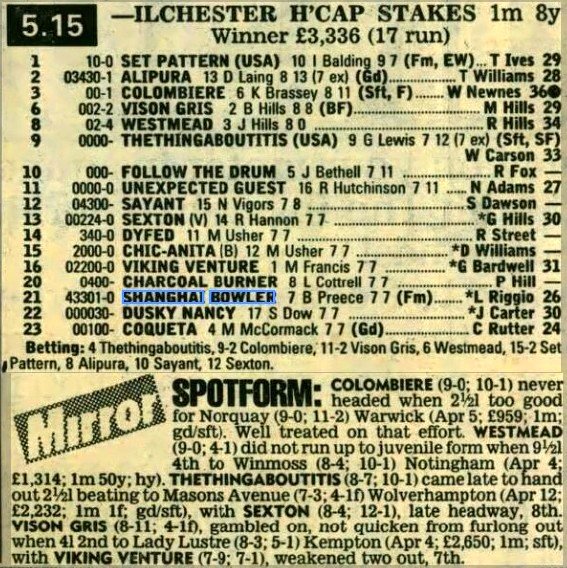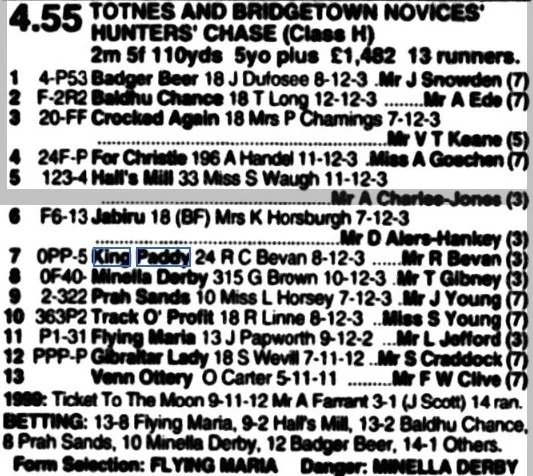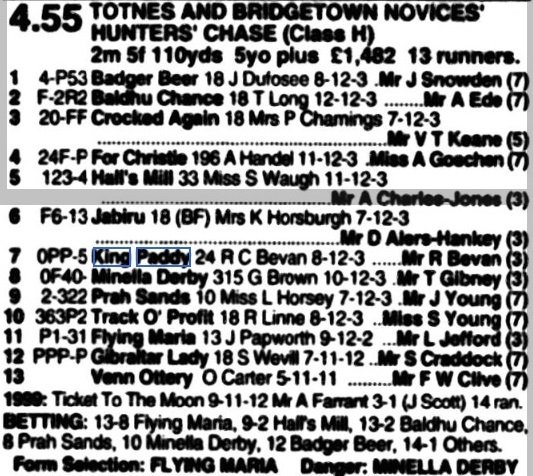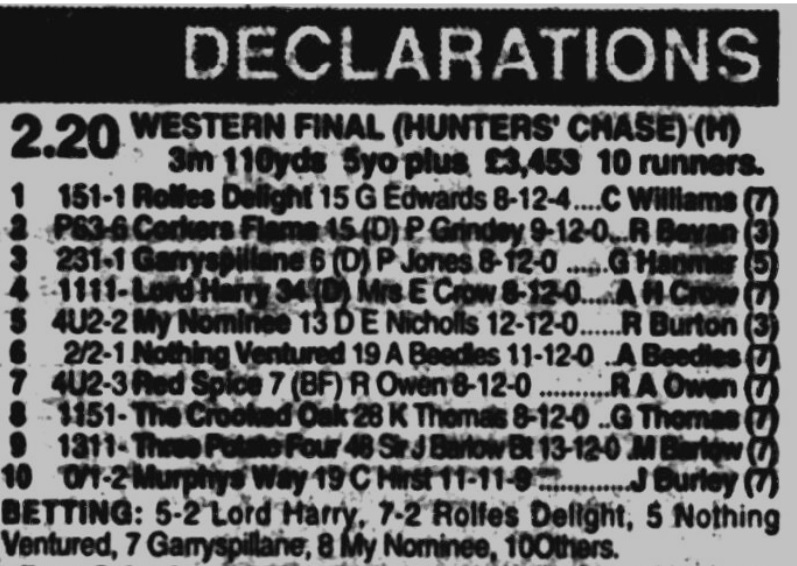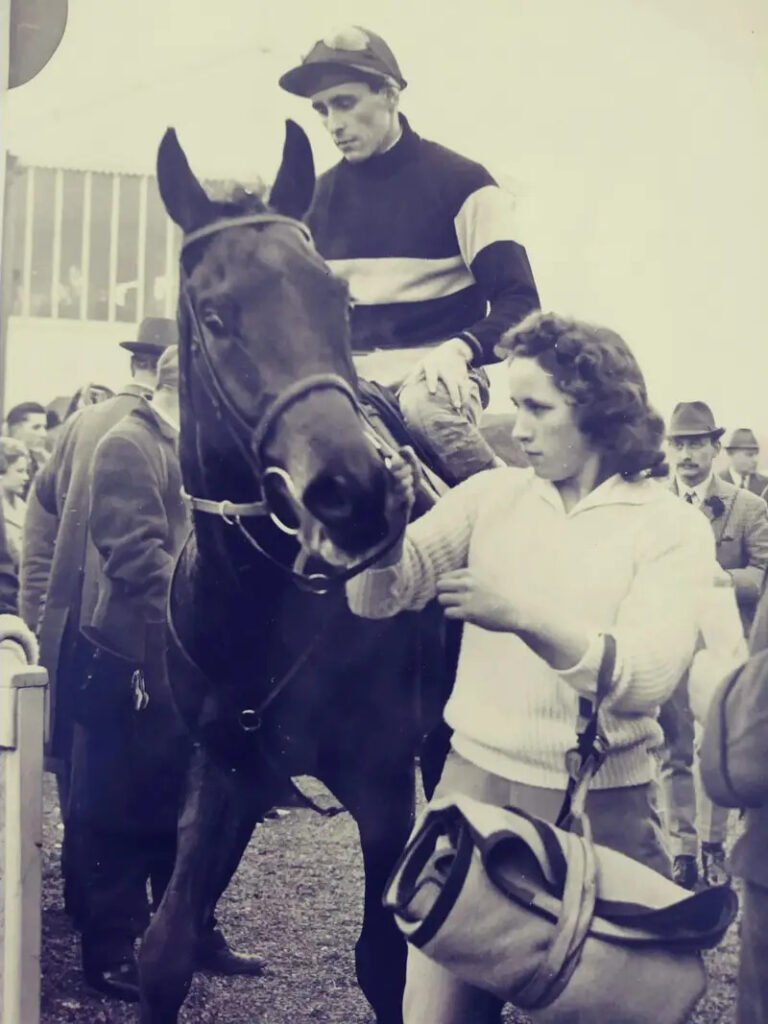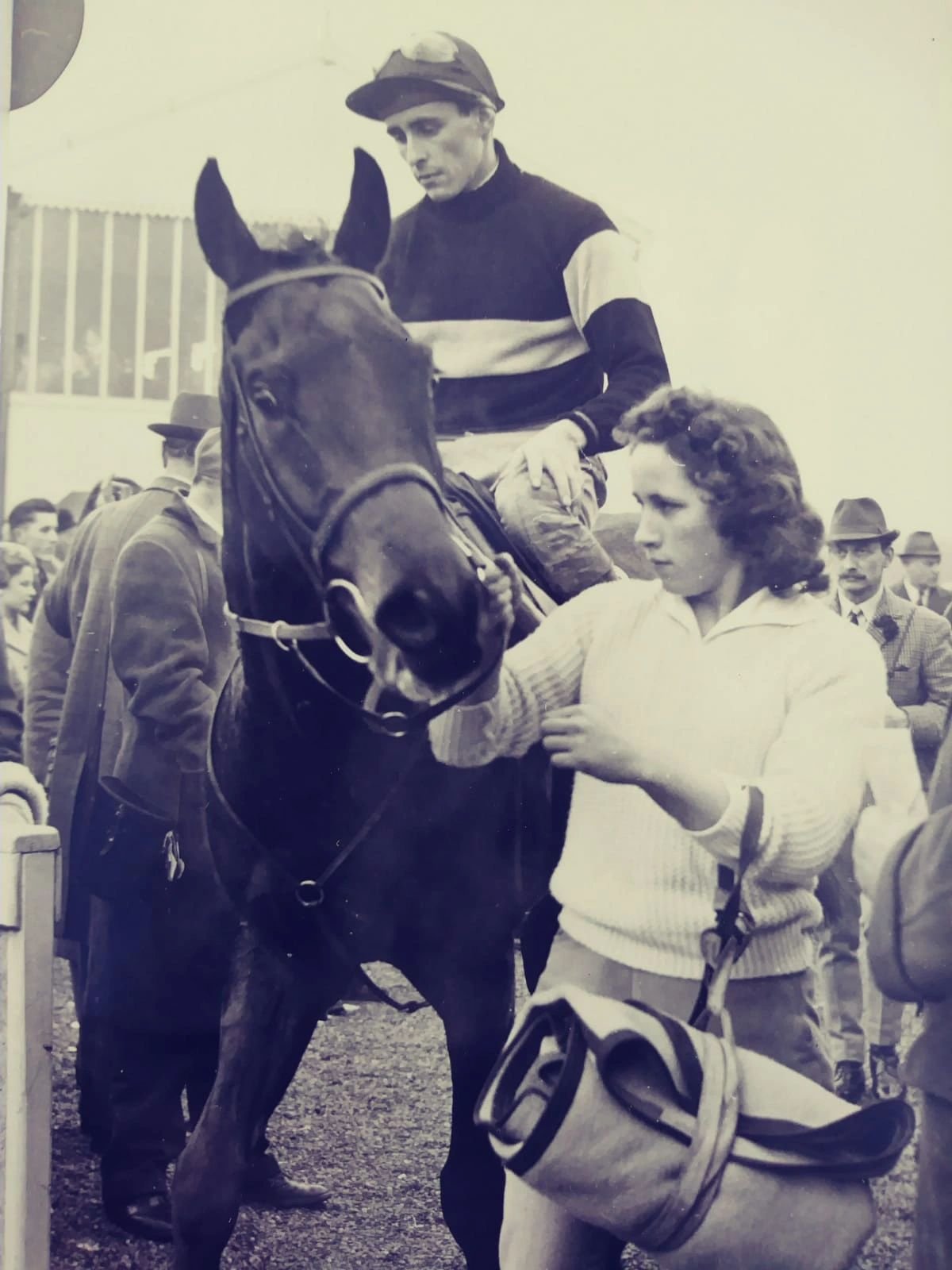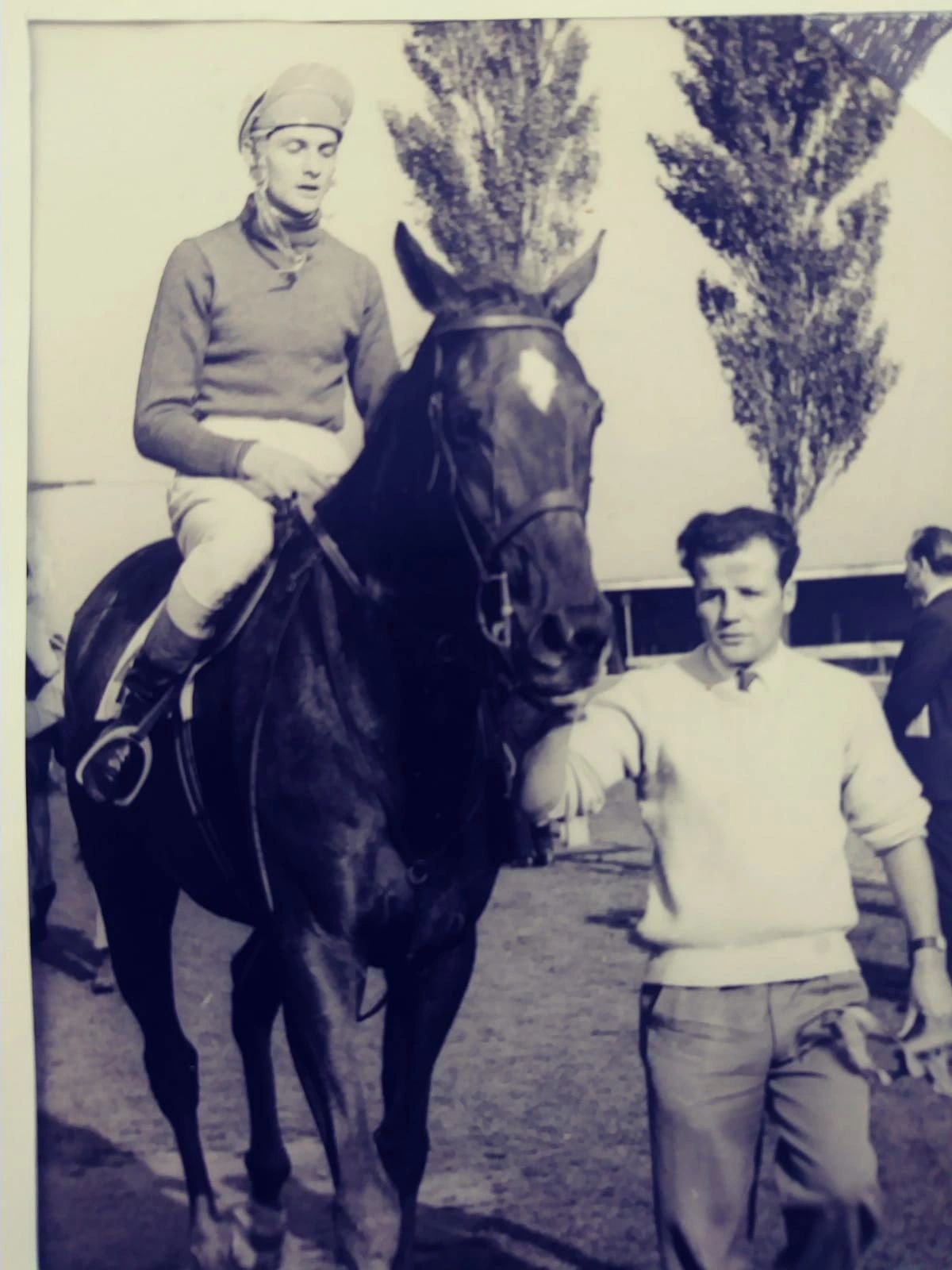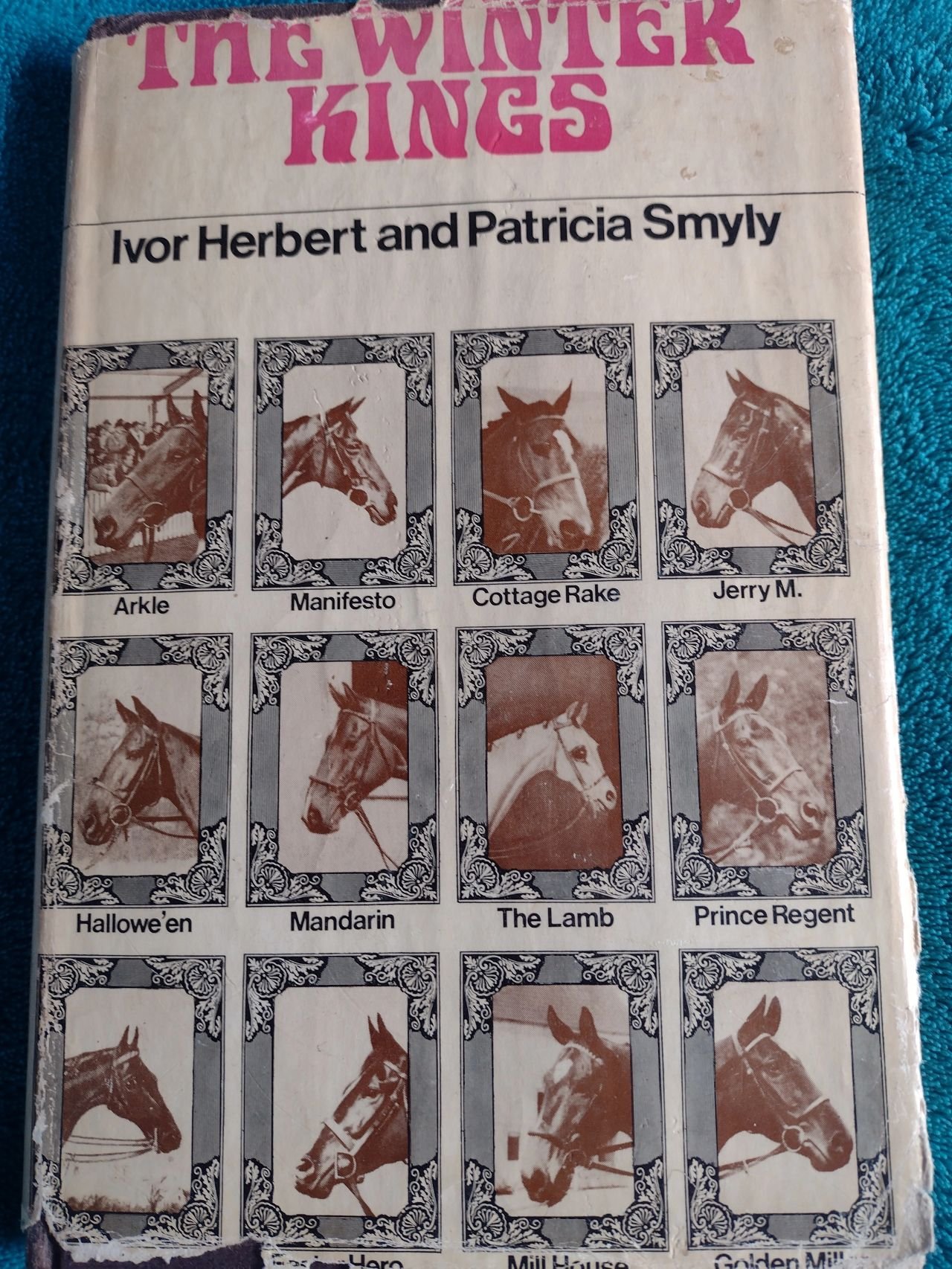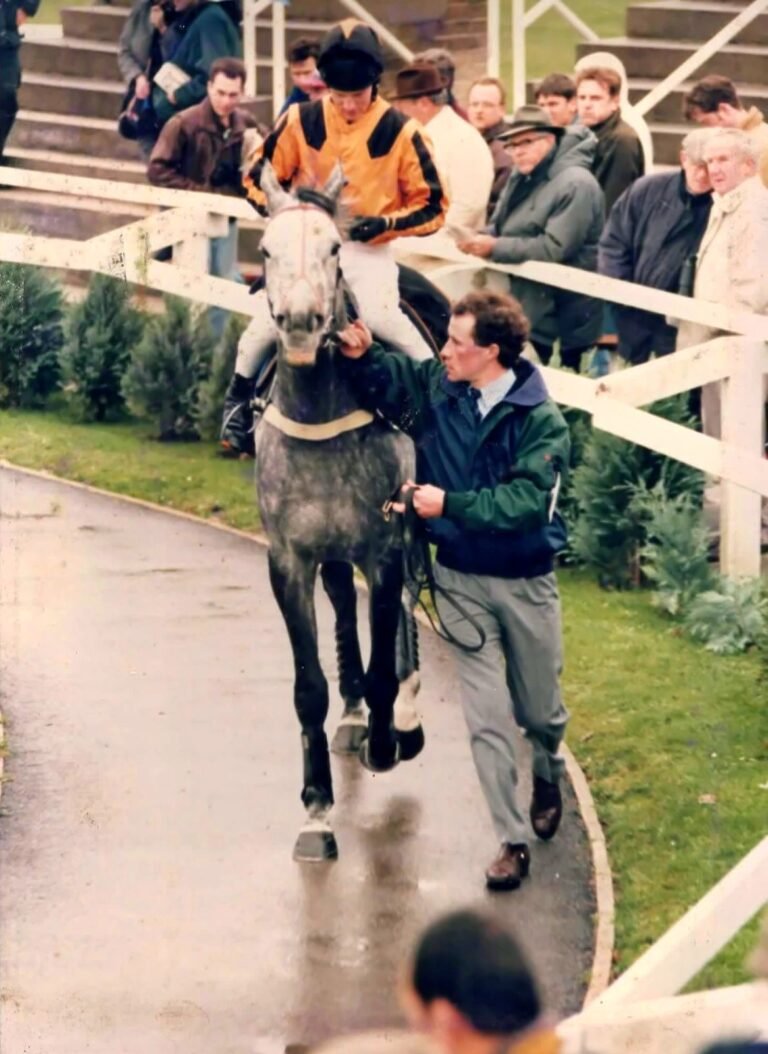NH Trainers Permit: Navigating the Journey of a National Hunt Permit Trainer
Introduction to National Hunt Training
Becoming a National Hunt Permit Trainer was an exciting challenge that required dedication and knowledge of horse management. In this post, I share my experiences from holding a National Hunt Permit Trainer’s Licence for one season and the journey that led me there.
Starting with Point-to-Pointers
Initially, I trained a couple of point-to-pointers, managing to secure two places but unfortunately no wins. Although the outcomes were not as desired, the experience opened doors for me in the world of horse training. My highlight came when I trained a horse called Political Power who I purchased for just £1,000 at the Malvern Horse Sales. This horse showed some improved racecourse performances for my training, such as finishing second at 66-1 in a handicap hurdle at Towcester Racecourse.
Preparing for the Trainer’s Permit
To obtain my National Hunt Trainer’s Permit, I enrolled in the horse racing training course at the British School of Racing in Newmarket. Completing this course allowed me to earn an NVQ Level 3 in Racehorse Management. I later attended an interview at the Jockey Club Licensing Department located at 42 Portman Square, London.
Even though my one season as a Permit holder didn’t produce winners, I cherished working with my horse, which also placed fourth at 50-1 in a novice chase at Fontwell Racecourse during the year of the foot and mouth epidemic.
To accompany my journey, I have included a video of Political Power schooling over fences for the first time.







